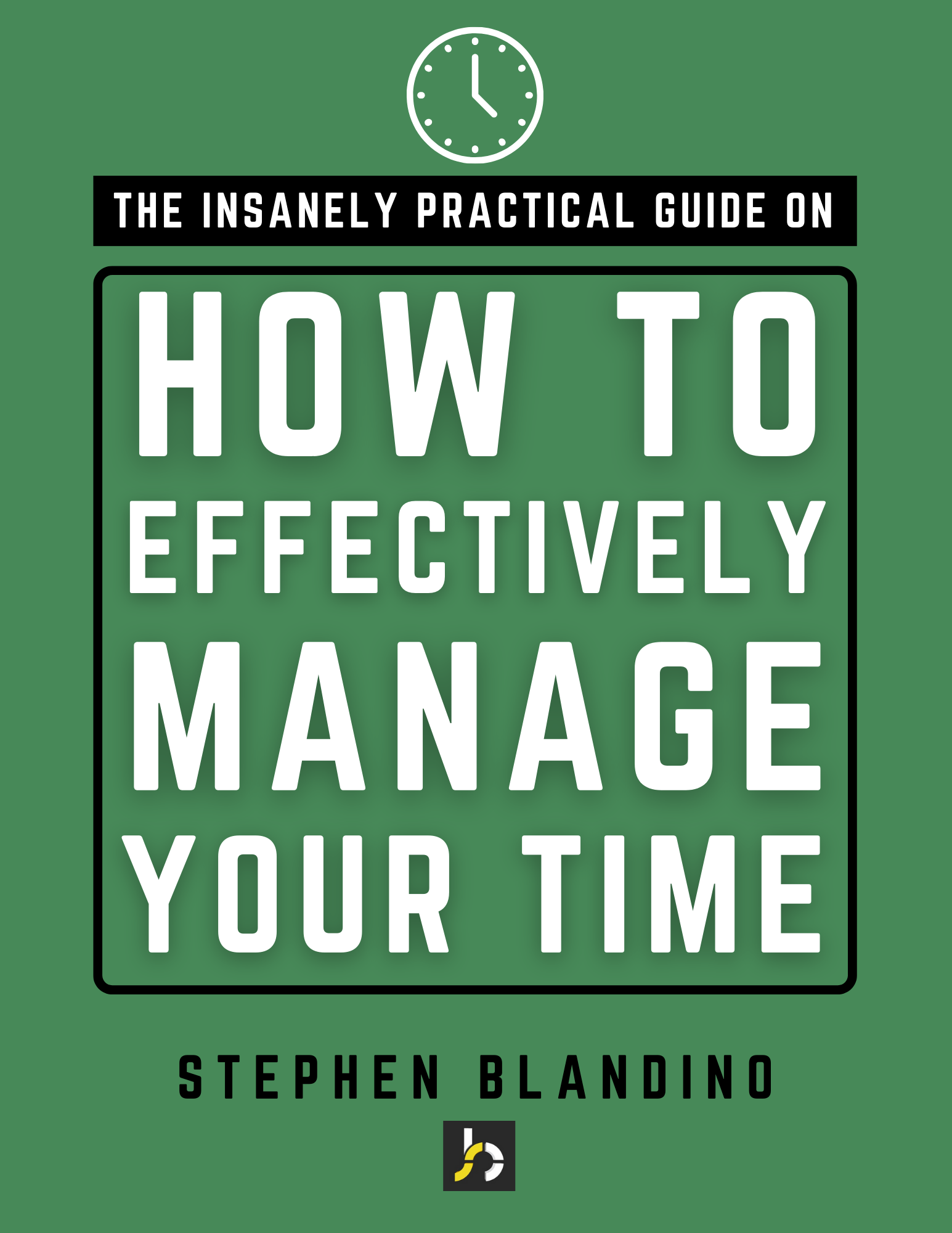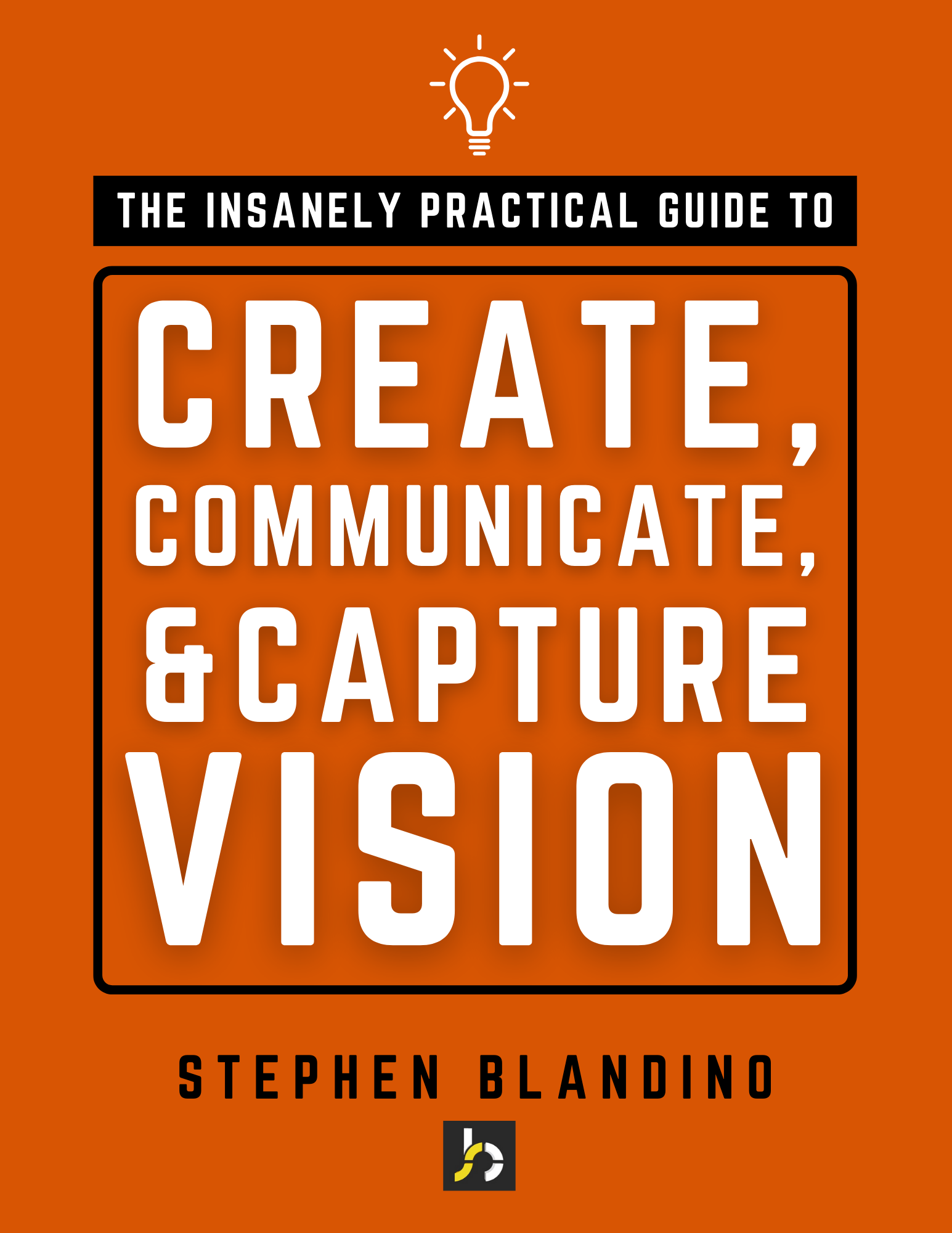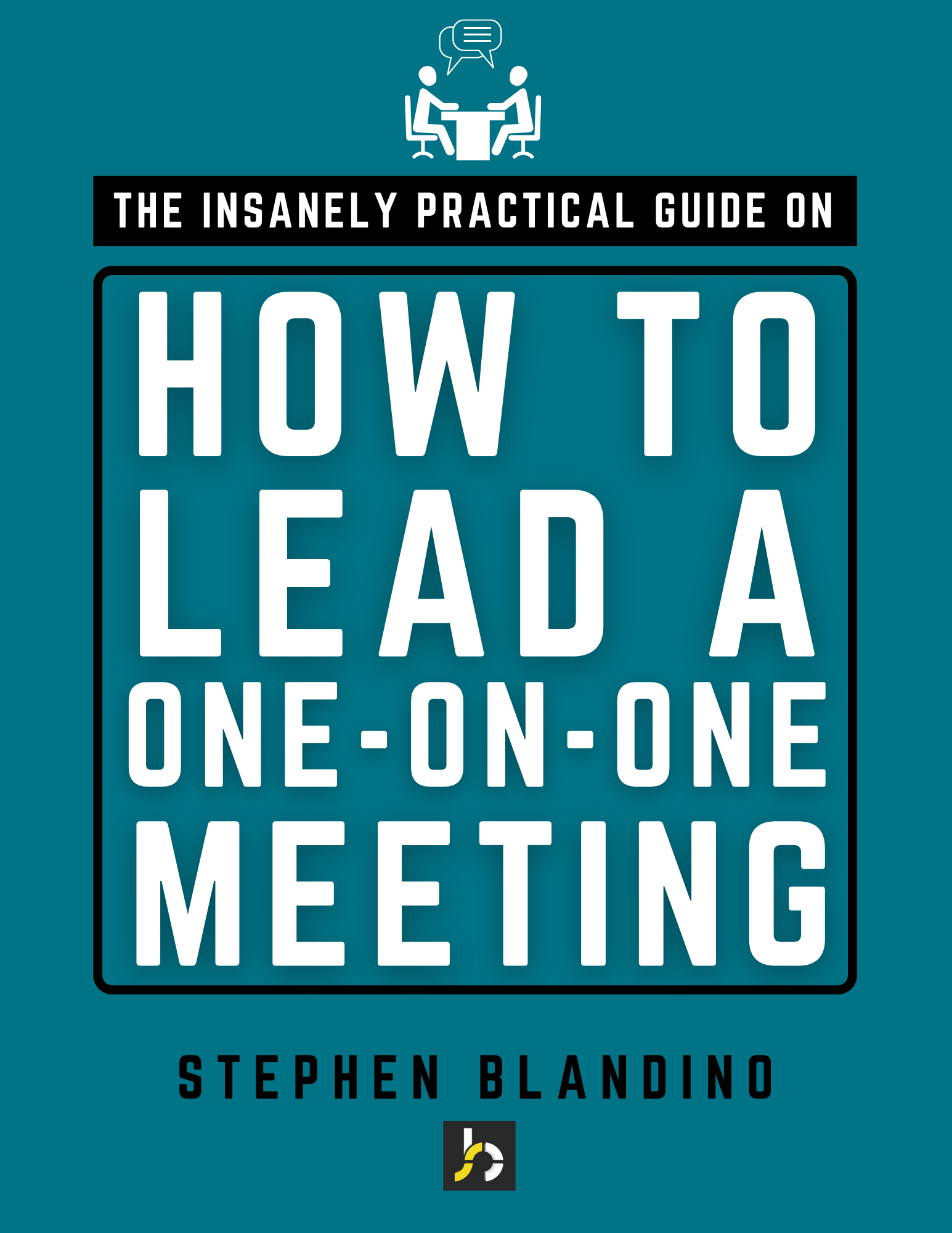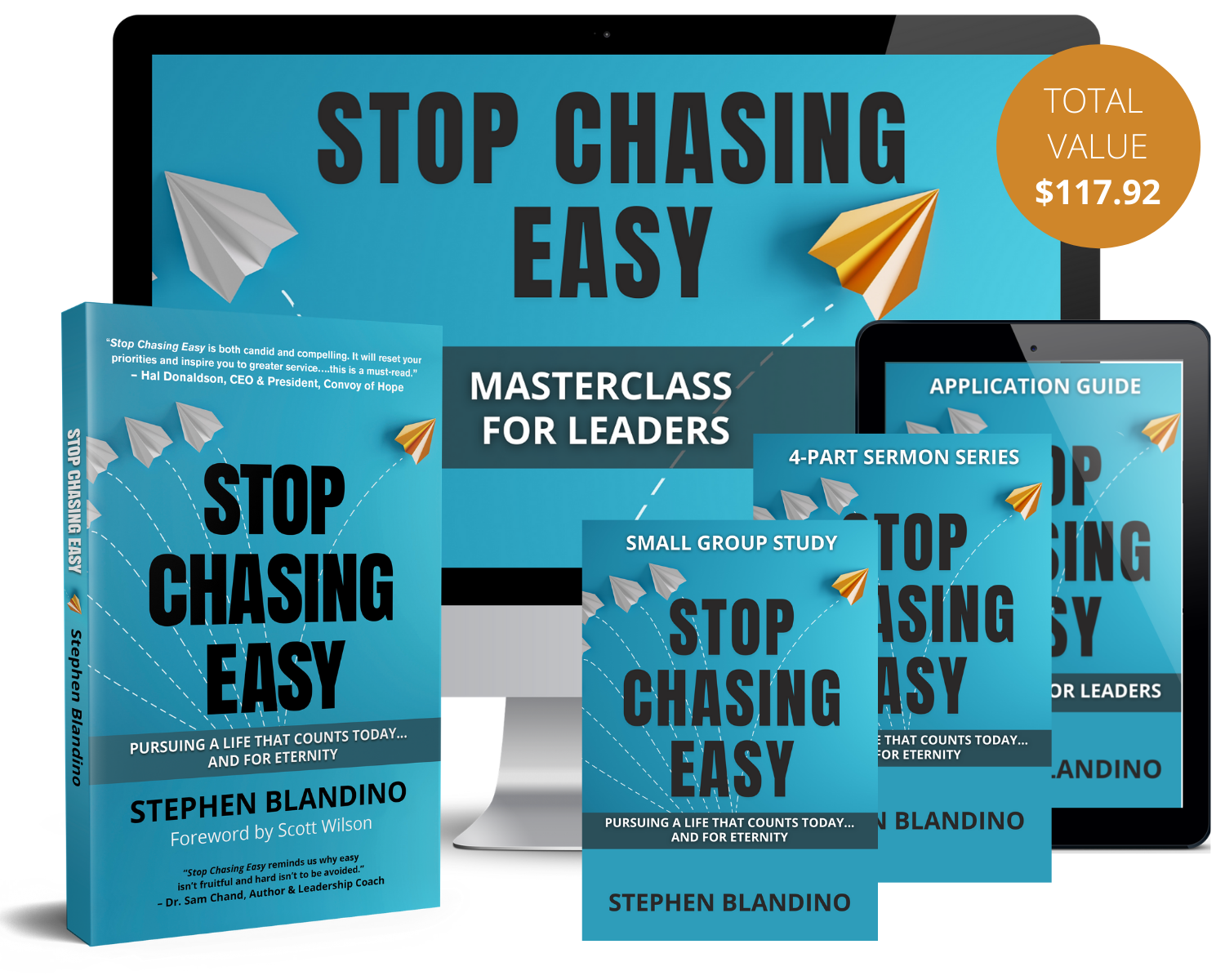Karen and I spent the last two days at Willow Creek’s Global Leadership Summit (satellite location). It was a great experience with several top notch leaders. As I’ve reflected on the conference, I decided to summarize my key takeaways:
1. Inspired Team Members vs. Uninspired – Bill Hybels made a powerful comment when he said that there’s a 40% differential in the productivity level of an inspired team member vs. an uninspired team member. Takeaway: How inspired is our team? How do we measure this?
2. The Forth “C” – Hybels is well-known for his three “Cs” to team development: Character, Competence, and Chemistry. Recently he’s added a forth “C” to the mix: Culture. Some people fit your church or organization’s culture and some don’t. Action step: Add “culture” questions to your hiring process. Takeaway: Be more strategic about “culture” questions in our hiring process. Update the current questions.
3. Whispers – Hybels challenged the audience to remain tuned in to the whispers of the Holy Spirit and to have the courage to follow them. A great reminder. Also the focus of his new book, The Power of a Whisper. Takeaway: What is God whispering to my soul today?
4. Packard’s Law – Jim Collins reminds us that your organization is likely to fall when your growth exceeds your ability to have the right people in the right seats on the bus. This one thought is huge for leaders. Camp on this one…let it unsettle you–it does me. Takeaway: How many seats in our ministry are filled by the right people? How can we get it to 100%?
5. The Stages of Decline – Collins shared the five stages of decline from his book How the Mighty Fall. I’ve read the book and this was my second time to hear Collins share this particular talk. He makes a statement that literally scares me when he asserts that the first three stages of decline actually occur when the organization is still growing: Hubris born of success; Undisciplined pursuit of more; Denial of risk and peril. Takeaway: Are there brutal facts we’re ignoring that may indicate decline on the horizon?
6. Questions to Statements Ratio – Collins challenged leaders to double, in the next 12 months, the ratio of the number of questions they ask vs. the number of statements they make. Takeaway: What’s my questions to statements ratio?
7. The Context of a Miracle – Christine Caine said, “If you’re going to pray for a miracle, you can’t avoid the context in which a miracle can happen.” Powerful! Takeaway: What “miracle context” have I been avoiding?
8. Productivity Audit – Tony Dungy challenged us not to mistake hours for productivity. Very wise. Takeaway: Conduct a productivity audit.
9. Staff Covenant – Adam Hamilton has his staff sign an annual staff covenant every year as one step to maintain integrity and sexual purity. Takeaway: What additional safeguards need to be implemented to elevate the value of sexual purity?
10. Economics – Dr. Peter Zhao Xiao provided great insight into China’s economy and the power of the Gospel in economics. Takeaway: Morals, values, Christianity, and spiritual reform influence economics.
11. Tension – Andy Stanley brought clarity on how to handle organizational tension. Every organization has problems that shouldn’t be solved and tensions that shouldn’t be resolved. Resolving these tensions will only create new tension. The role of leadership is to leverage the tension to the benefit of the organization. Takeaway: What tensions do I need to leverage for the good of the organization?
12. Tension Questions – Andy Stanley provided three great questions to help leaders distinguish between problems to solve and tensions to manage: A. Does this problem or tension keep resurfacing? (if so, manage it, don’t solve it). B. Are there mature advocates for both sides (listen to them)? C. Are the two sides really interdependent? Takeaway: The questions.
13. Personal Biases – Andy Stanley made a great statement about biases as it relates to managing tensions: “Understand the upside of the opposite side and the downside of your side.” Takeaway: How well do I listen to the opposite side? How closely do I pay attention to the downside of my own opinions?
14. The Land Between – Jeff Manion did a masterful job of using the story of Moses and the children of Israel to talk about finding God in difficult transitions (what he calls, “The Land Between”). The Land Between is fertile ground for complaint, emotional meltdown, God’s provision, God’s discipline, and transformational growth. “The space in your life that you hate is the soil where God does his richest work.” Takeaway: What is God saying to me during seasons in the Land Between?
15. On-Demand Hierarchy – Terri Kelly described the organizational culture of W.L. Gore & Associates as an “on-demand hierarchy” where decisions are made based on who has the knowledge that’s needed at the moment. This culture provides incredible opportunity for feedback, teamwork, and the development of emerging leaders. Takeaway: How can we make the organization flat?
16. The Waterline Principle – Terri Kelly noted that leaders have tremendous freedom to take risks above the waterline. However, below the waterline, leaders must consult with other associates (so they don’t sink the ship). Takeaway: How well have we empowered our team to make decisions above the waterline?
17. What Motivates Us, and What Doesn’t – Daniel Pink challenged the whole strategy of motivating employees with carrots. His premise, based on research, is that carrots actually drive productivity down in jobs where creative and conceptual thinking is needed. The three keys he suggests to enduring motivation are autonomy (the importance of employee self-direction which leads to engagement), mastery (motivation born by making progress), and purpose (ensuring there’s a purpose motive attached to the profit motive). You can view a brief video with this fantastic insight here. Takeaway: What are we doing to ensure autonomy, mastery, and purpose are at the heart of employee and volunteer motivation?
18. FedEX Days – Daniel Pink shared a story of a company that does regular “FedEX days” where employees can work on anything of their choosing during 24 hours with the only stipulation that they must share their ideas with the company’s leadership at the conclusion of the 24 hours. Many of their best ideas come out of their “FedEX days” (named this way because FedEX delivers overnight). Takeaway: What would a “FedEX” day look like in our organization?
19. The Value of Giving – Blake Mycoskie (founder of Toms Shoes) shared the inspiring story of Toms Shoes and the importance of building “the value of giving” into the organization’s culture. Start giving from day one. Takeaway: How can we more intentionally build the value of giving into our church and small groups?
20. Candor – Jack Welch described the essential of candor in organizations. Candor reduces paperwork, meetings, and beaurocracy. Takeaway: Where are we lacking candor in our organization? What’s the last 2% we’re afraid to say?
21. Nonprofit – “Sometimes nonprofit means nonperformance.” Jack Welch. Takeaway: Ensure all organizational measurements are clear.
22. Succession – Succession requires time and an appropriate candidate pool. Welch took 8 years and had a candidate pool of 22 when he started the succession process for GE. Takeaway: What does the succession process look like in the church (with paid staff as well as volunteers)?
23. People Types – T.D. Jakes noted three types of people you will have in your life: Confidants (people who are for you in the ups and downs); Constituents (people who are for what you are for); Comrades (people who are against what you are against-they’re motivated by the fight). Takeaway: Who are the confidants, constituents, and comrades in my life?
Question: If you went to the Global Leadership Summit, what were your greatest takeaways?








